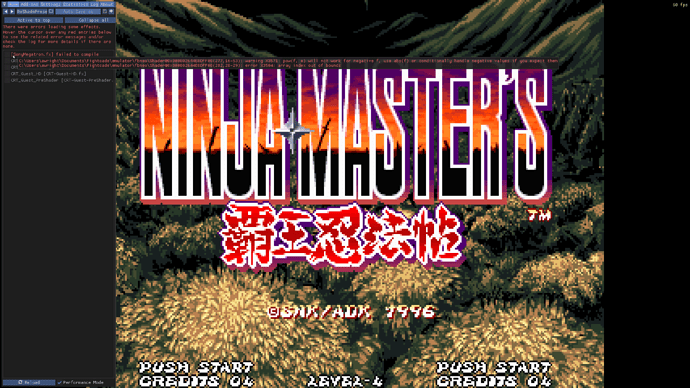Yes! This sounds like a very plausible explanation. Indeed the white pixel is by far the most powerful on these types of WOLED displays. Seeing as Megatron only used the RGB ones, naturally I would need to set the peak luminance value quite lower than the TV’s maximum.
Indeed at lower brightness levels the colors look totally fine in the shader, and it’s only when I try to compensate for the low brightness (by raising the paper-white luminance) that the colors start looking wrong. So I might be hitting my TV’s RGB pixels peak brightness without reaching a satisfactory brightness level for the shader for normal usage.
In this case I might need to use a shader with mask compensation features, like Guest’s and use HDR to boost overall brightness.
Yes, I am using the RWBG subpixel layout.
I will try the other things you suggested and see how close I can get to an acceptable picture. Thank you!
Ah yes! Good idea! I will try your Megatron presets and see what I can get out of those 
I will report back.

